While countries around the world wrestle with price corrections, building booms, or cooling demand, Canada has carved out its path. From Vancouver’s luxury condo towers to Toronto’s bidding wars and Nova Scotia’s price surges, the market keeps astonishing even seasoned economists. Here are 25 reasons Canada’s housing market is a global outlier:
Home Prices Keep Climbing

Unlike in many countries where home prices dip with economic slowdowns, Canadian housing has a strange immunity. Whether it is a pandemic, a recession, or a rate hike cycle, prices in key cities often continue to rise or recover quickly. Even during COVID-19, while other markets froze, Canadian homes saw double-digit price gains. This resilience has become expected, and many Canadians now see property as a can’t-lose investment, fueling more demand and creating a feedback loop that defies traditional economic models.
Supply Is Critically Low

Canada’s housing crisis is as much about what’s not being built as what is. Zoning laws, geographic limitations, and bureaucratic red tape constrain urban sprawl. Meanwhile, construction lags far behind population growth. Despite federal promises of millions of new homes, timelines stretch and approvals stall. Even when demand dips, the lack of inventory props up prices. Unlike countries that can ramp up building quickly, Canada faces years of backlog and political bottlenecks. This persistent shortage means buyers often compete for scraps, driving prices well beyond what average incomes can afford.
Foreign Buyers Still See Canada as a Safe Bet
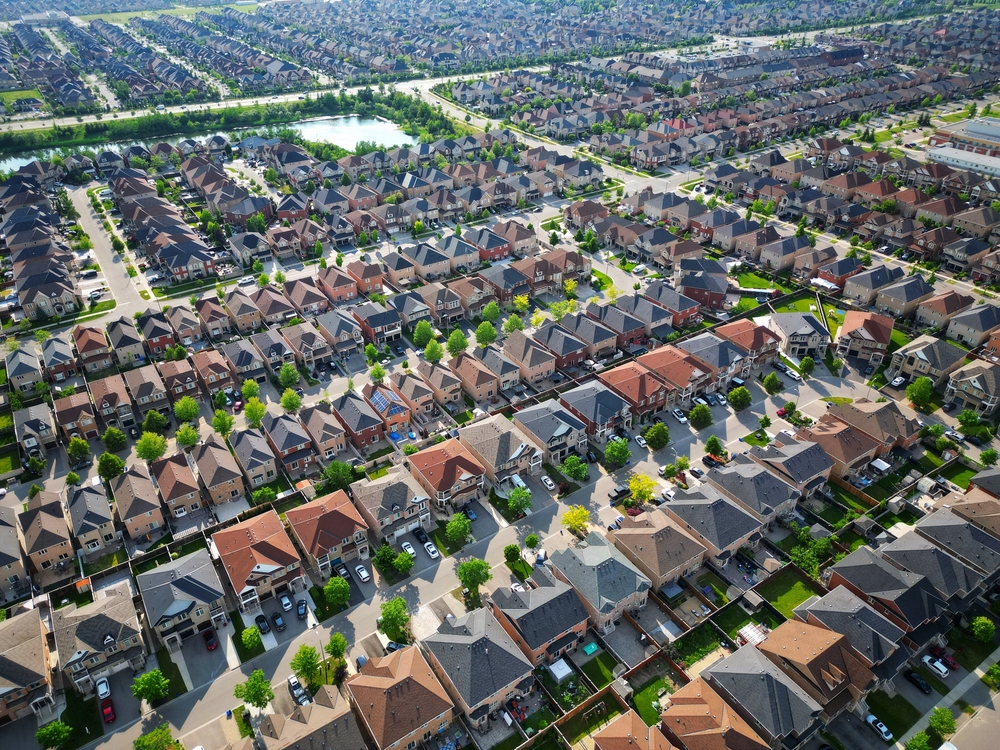
Despite foreign buyer taxes in provinces like B.C. and Ontario, global investors continue to treat Canadian property like a vault that is stable, secure, and always in demand. For international buyers, owning real estate in Toronto or Vancouver is about profit, but also about protection from instability elsewhere. Political tensions, currency volatility, or restrictive markets in their home countries make Canadian homes an appealing haven, and even when rules tighten, new loopholes open. This has resulted in a steady flow of offshore money that continues influencing prices, often outpacing what local buyers can compete with.
Immigration Is Booming Faster Than Housing Supply Can Keep Up
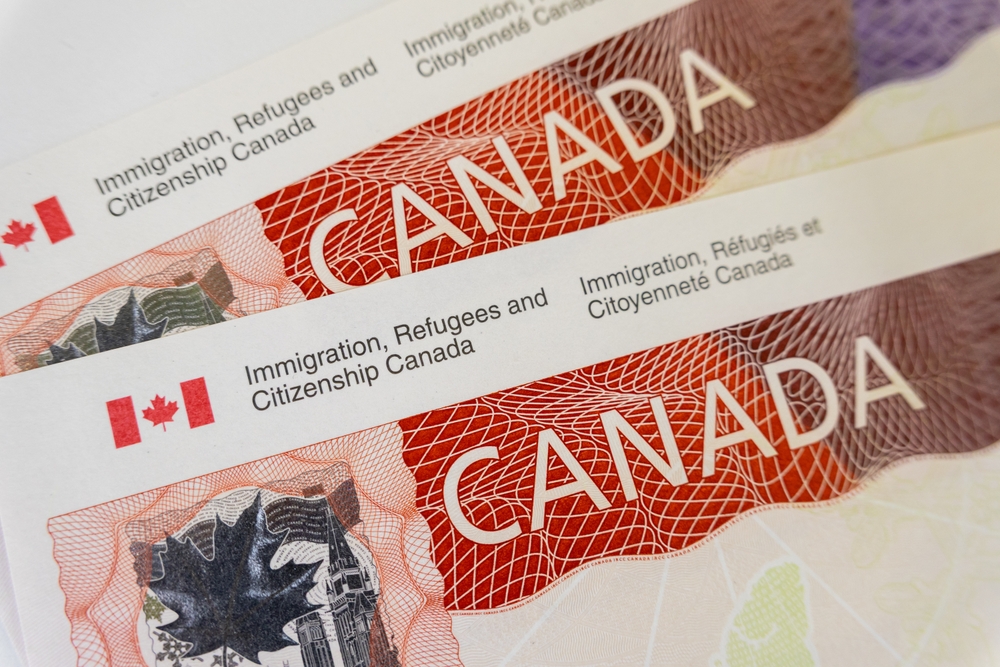
Canada’s pro-immigration stance is a cornerstone of its economic and social strategy, but it is also a key pressure point in the housing market. With record-high immigration targets, including over 400,000 newcomers annually, demand for housing far outpaces new construction. Most new arrivals settle in major cities, where competition is already intense, and while immigration boosts labor markets and long-term growth, the short-term strain on housing is undeniable. Cities struggle to keep up with rental demand, and buyers face even more competition.
Interest Rate Hikes Didn’t Cool Prices Like Expected
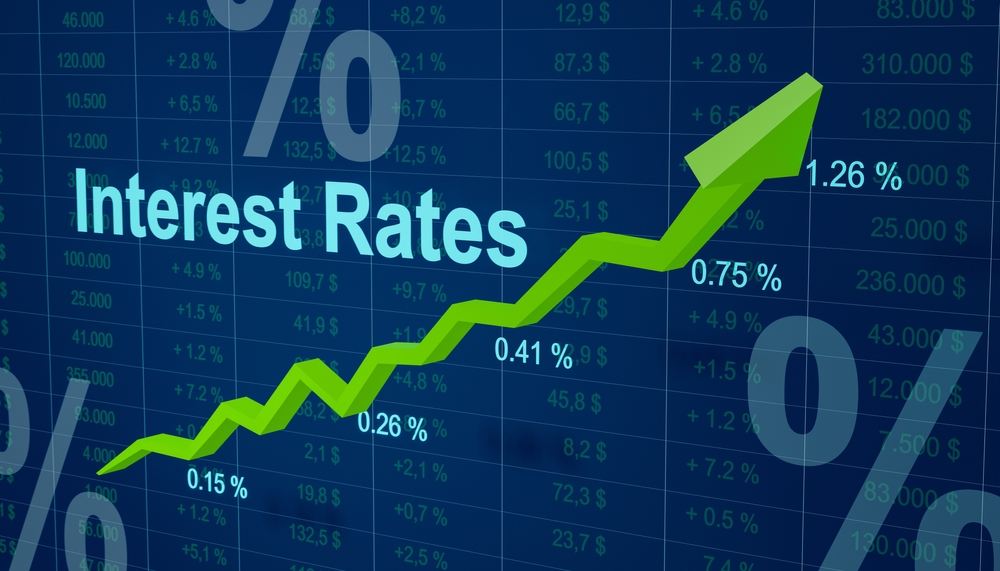
Central banks usually raise interest rates to cool overheated markets, but in Canada, that hasn’t worked as planned. Even with aggressive hikes from the Bank of Canada, housing prices didn’t collapse, and although some markets dipped briefly, they rebounded strongly. Many homeowners locked into ultra-low fixed rates during the pandemic, insulating themselves from current hikes, while others rushed to buy before rates climbed further, pushing up demand. Investors also held onto properties, waiting out volatility, leading to a market that’s proven more stubborn and speculative than traditional monetary tools can manage.
Investors Now Compete With First-Time Buyers
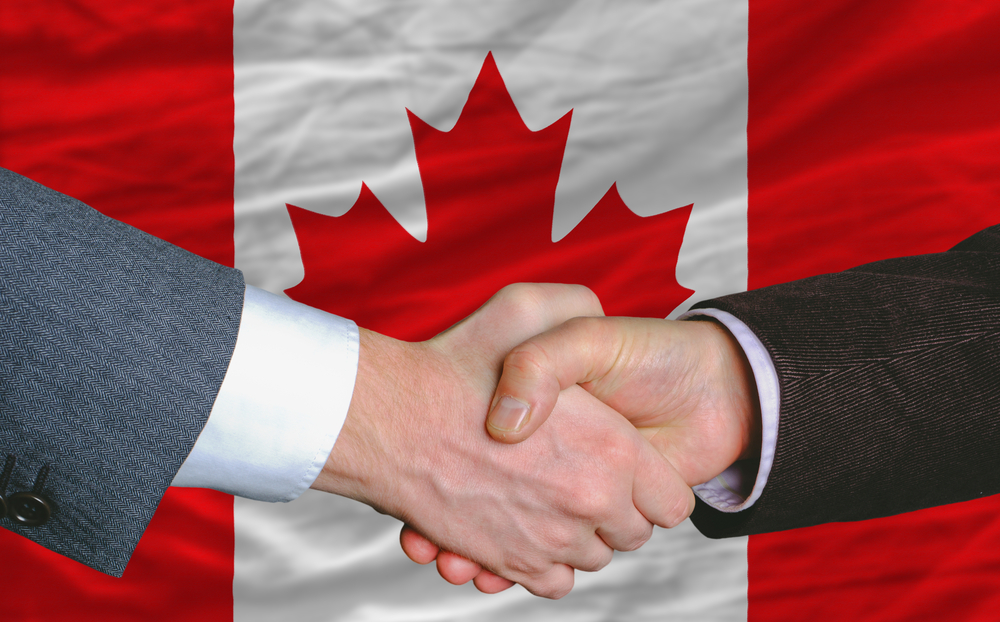
In Canada’s largest cities, individual and institutional investors are buying up housing stock at record levels, often with cash or higher borrowing power. What was once a market dominated by families and first-time buyers has shifted into a battleground of investor portfolios. In 2023 alone, nearly one in five home purchases was made by an investor. These buyers drive up competition, outbid locals, and often leave units vacant or rent them at sky-high prices. With housing seen as a financial instrument rather than shelter, affordability becomes collateral damage.
Zoning Rules Make Density Nearly Impossible
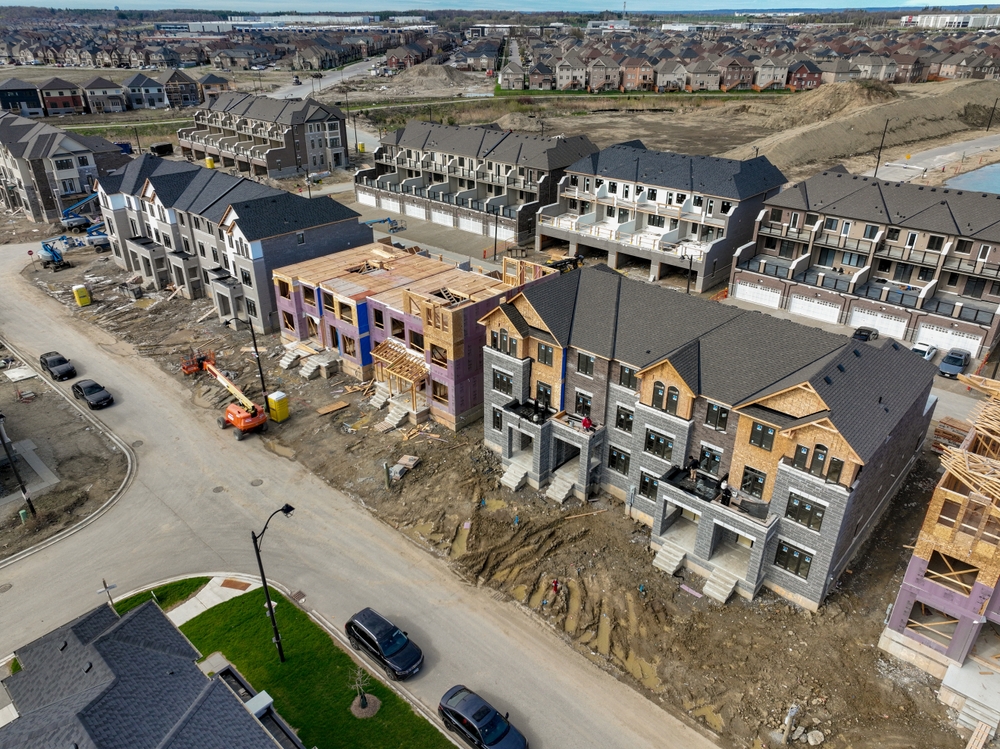
While countries like Japan allow flexible and high-density building, Canadian municipalities remain shackled by outdated zoning laws. In many cities, it is still illegal to build anything but single-family homes in vast swaths of residential neighborhoods. These exclusion zones limit housing diversity and prevent duplexes, triplexes, or apartments from being built in areas with ample infrastructure. Even when cities attempt to modernize zoning, residents often resist, fearing density or changing neighborhood character. This has resulted in bottlenecks in urban growth that drive prices higher and leave renters with limited options.
The Rental Market Is Brutally Competitive
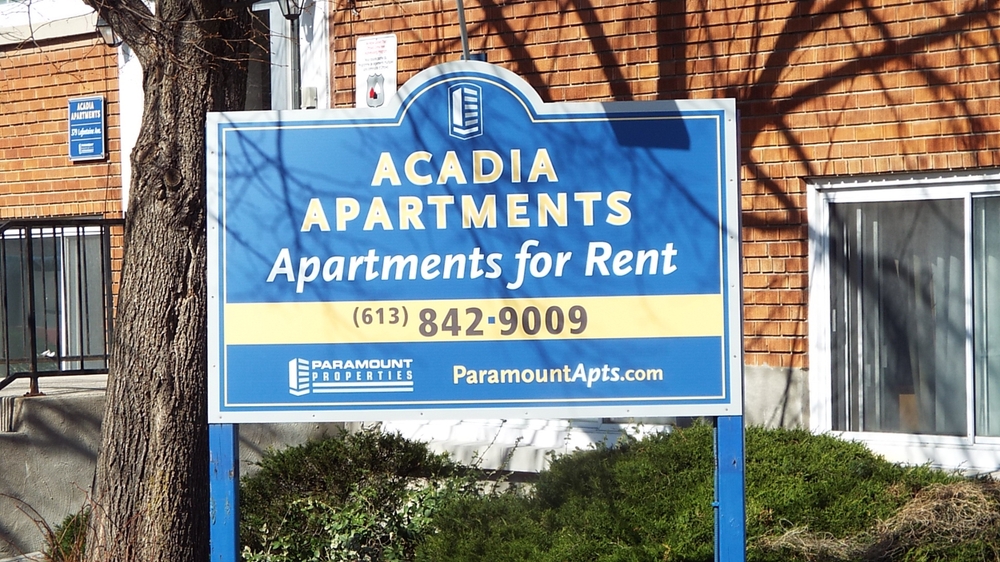
Canada’s rental market mirrors the frenzy of home buying with tight supply, rising prices, and fierce competition. In major cities like Vancouver and Toronto, it is not uncommon for rental listings to receive dozens of applications within hours. Some renters offer to pay above asking, months in advance, or even provide personal bios to secure a lease. Vacancy rates in many urban centers hover near record lows, while rent increases outpace inflation year after year. For those priced out of homeownership, renting isn’t a break, but another financial strain in a system stacked against them.
Government Programs Often Backfire
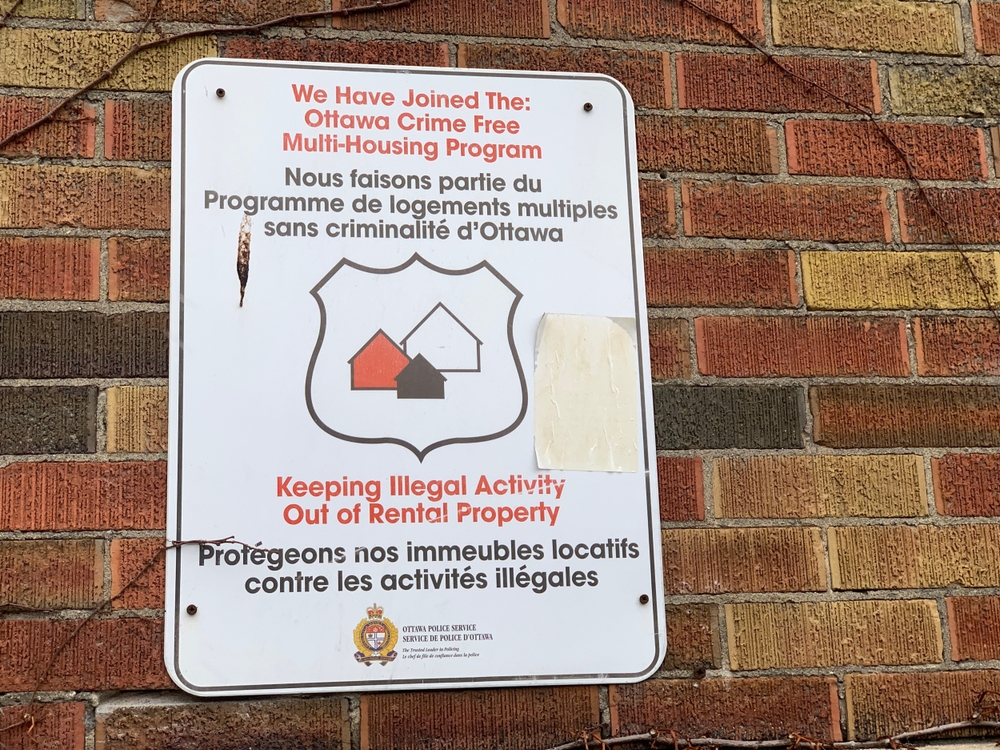
From the First-Time Home Buyer Incentive to tax credits and shared equity plans, Canada has introduced several programs aimed at improving affordability. But many of these efforts unintentionally stoke demand without boosting supply. When more people qualify for mortgages or receive financial assistance, they flood an already constrained market, pushing prices even higher. These well-intentioned policies often fail to address the root cause of the lack of housing stock, and instead contribute to bidding wars and market speculation. In some cases, government help has only made the problem worse.
Shadow Flipping and Assignment Sales Inflate Prices

Shadow flipping is a process where homes are resold multiple times before a deal closes. It was once rampant in places like Metro Vancouver, and although regulations have cracked down on the practice, assignment sales still allow buyers to flip contracts to new buyers before possession. These tactics can inflate prices and encourage speculative buying, driving up demand without adding new housing. Developers and investors benefit from these profit loops, but end users face higher entry prices. While legal, this speculative behavior adds volatility to an already overheated market.
Rural and Small-Town Prices Are Soaring Too
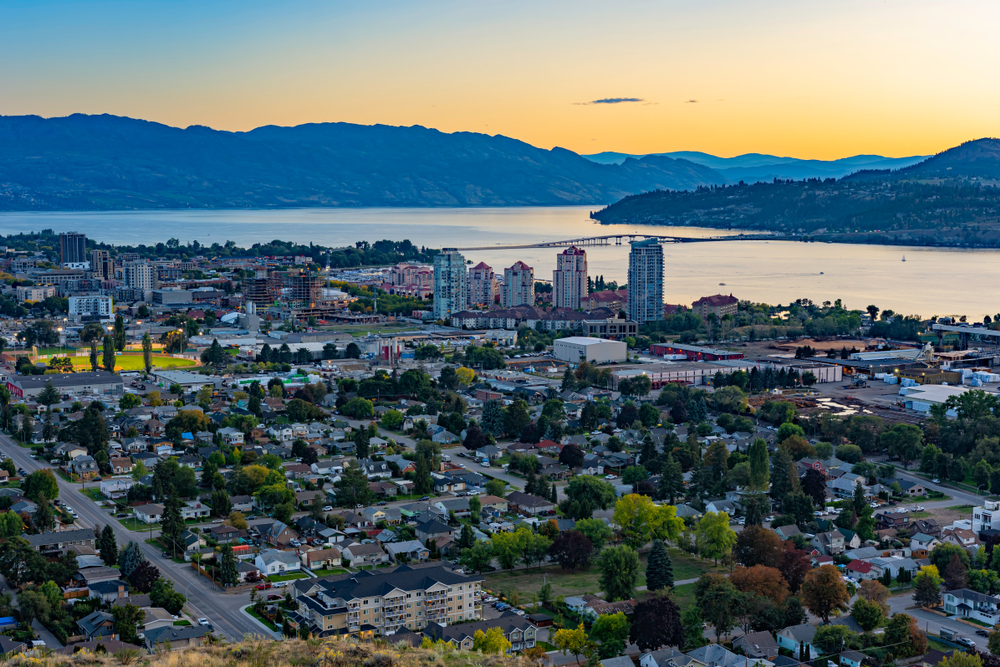
Rural communities and small towns across Canada have seen housing prices skyrocket since the pandemic, as remote work and lifestyle shifts sent urban dwellers fleeing to quieter locales. Places like Squamish, Kelowna, and even parts of the Maritimes saw record growth in home prices, outpacing local income levels and displacing long-time residents. As city buyers bring deep pockets and high expectations, locals face a new wave of affordability challenges, as the once-affordable escape from city life now comes with a luxury price tag.
Construction Costs Are at Record Highs

Canada’s housing shortage is not only about land, but also about labor and materials. Soaring construction costs, driven by global supply chain issues and domestic labor shortages, have made building new homes more expensive than ever. From lumber and concrete to plumbing fixtures and labor, developers are paying more at every stage. These increased costs are often passed on to buyers or result in delayed or downsized projects, and even with demand sky-high, some builders hold off on new construction until conditions improve, worsening the very shortage that drives prices up.
Renovictions and Demovictions Are Fueling Displacement
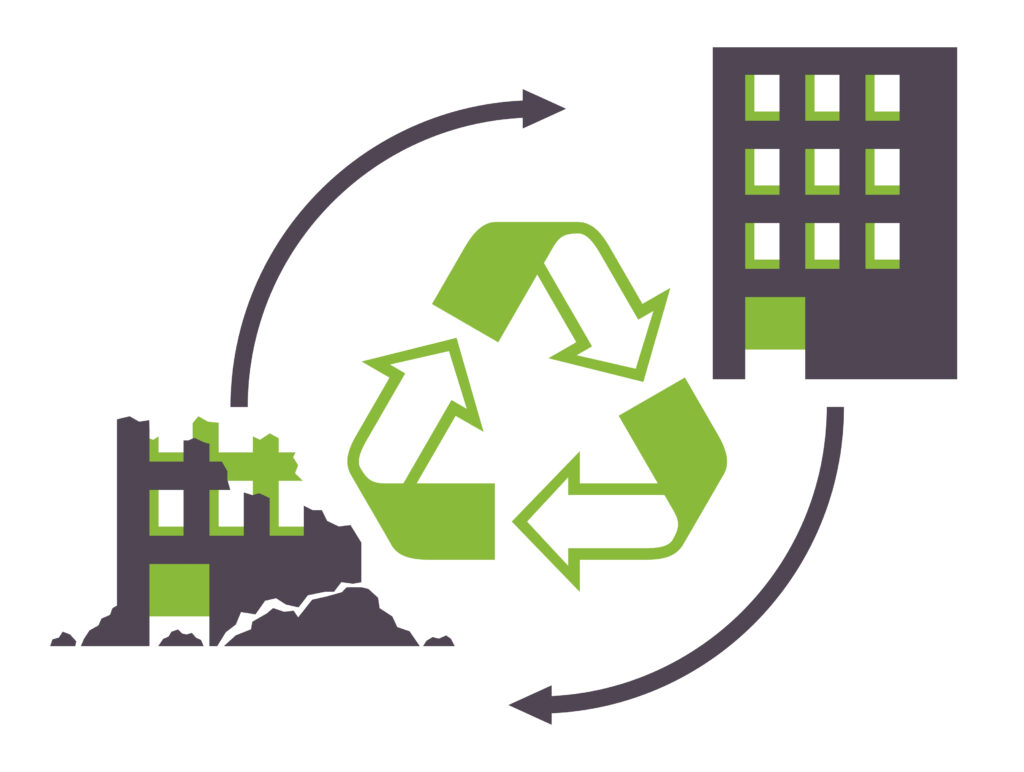
In Canada’s rental market, “renoviction” has become a buzzword and a significant concern. Landlords evict tenants under the guise of renovations, only to relist the unit at a much higher rent. In other cases, entire apartment buildings are demolished to make way for luxury condos, a process known as “demoviction”. These practices, while often legal, contribute to a loss of affordable housing and force long-time renters into an increasingly hostile market. Advocacy groups and some provincial governments are pushing for reforms, but enforcement remains weak and displacement continues.
High-Income Households Are Doubling Up

Even affluent Canadians are feeling the housing pinch. In recent years, more high-income households have resorted to multigenerational living or co-buying homes with friends or family. Parents help adult children with down payments, while siblings go in together on properties. This trend reflects both the unaffordability of individual ownership and a cultural shift toward collective investment. While creative, it also fuels demand for larger homes and reduces inventory, especially in tight markets. When even the financially stable must pool resources, it’s a clear sign the market is off balance.
Homes Are Sitting Empty

Across Canada’s major cities, thousands of homes remain vacant for months or even years. Some are bought by foreign investors and left empty as a hedge against inflation, while others are short-term rentals or seasonal properties that sit unused most of the year. Cities like Vancouver and Toronto have introduced vacancy taxes to curb this trend, but enforcement is limited. These ghost homes remove crucial supply from the market and contribute to the illusion of scarcity, driving up prices while leaving neighborhoods dark at night.
Mortgage Stress Tests Are a Double-Edged Sword

Canada’s mortgage stress tests were designed to protect borrowers and prevent risky lending. While effective at avoiding a 2008-style crash, they have also sidelined many would-be buyers who can afford a mortgage but cannot pass the stricter qualifying rate. Even with stable incomes, people are often forced to continue renting, paying a higher monthly cost than they would for a mortgage. This keeps demand artificially pent up while further squeezing the rental market.
Foreign Ownership Policies Came Too Late
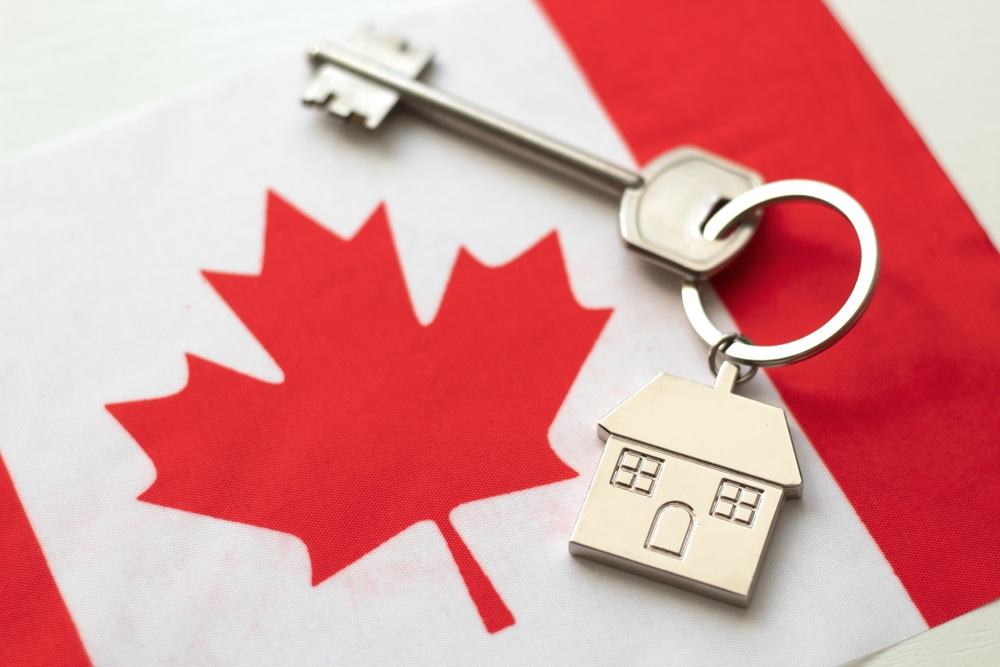
For years, Canada was a magnet for foreign real estate buyers, especially in cities like Vancouver and Toronto. Homes were bought as safe havens for offshore wealth, often left unoccupied, and by the time foreign buyer taxes and national bans were introduced, prices had already surged. These measures, while symbolically significant, failed to address the entrenched inflation caused by years of unchecked investment. At the same time, foreign ownership remained just one piece of a much bigger puzzle that resulted in limited impact on affordability and a market still priced beyond most Canadians’ reach.
Urban Land Is Controlled by a Handful of Players
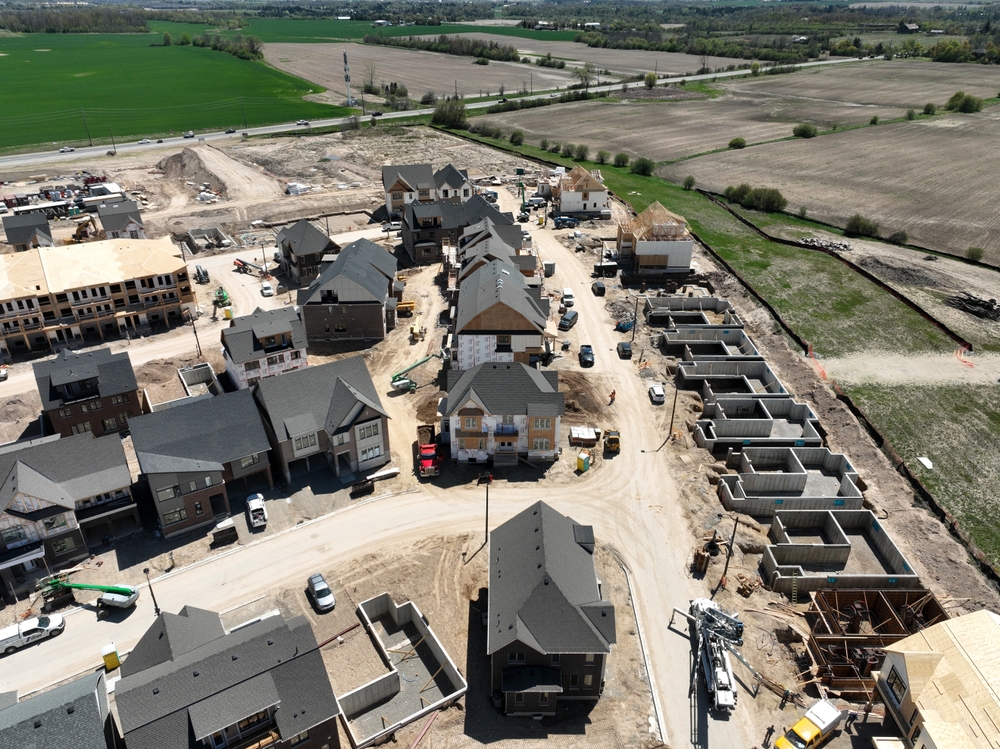
In Canada, a small number of developers and landowners control vast amounts of urban real estate, especially in high-demand areas. This creates an oligopoly-like environment where competition is limited, and the pace of development can be deliberately slow to protect profits. In contrast to markets with more fragmented ownership and faster builds, Canada’s tight control over land supply leads to longer delays and fewer homes built each year. With limited accountability and enormous market power, these players shape housing access more than any single government policy.
Appraisals Can’t Keep Up With Market Volatility

In rapidly changing markets, real estate appraisals often lag behind actual sale prices, creating financing headaches. Banks rely on appraised values to approve mortgages, but when bidding wars push prices far above those figures, deals can collapse or require massive cash down payments. This phenomenon has frustrated both buyers and sellers, and it fuels uncertainty across the market. It also disproportionately affects younger or lower-income buyers who may not have extra funds to cover the difference, creating a gap between value and price that is widening fast.
Major Cities Are Becoming Global Luxury Markets
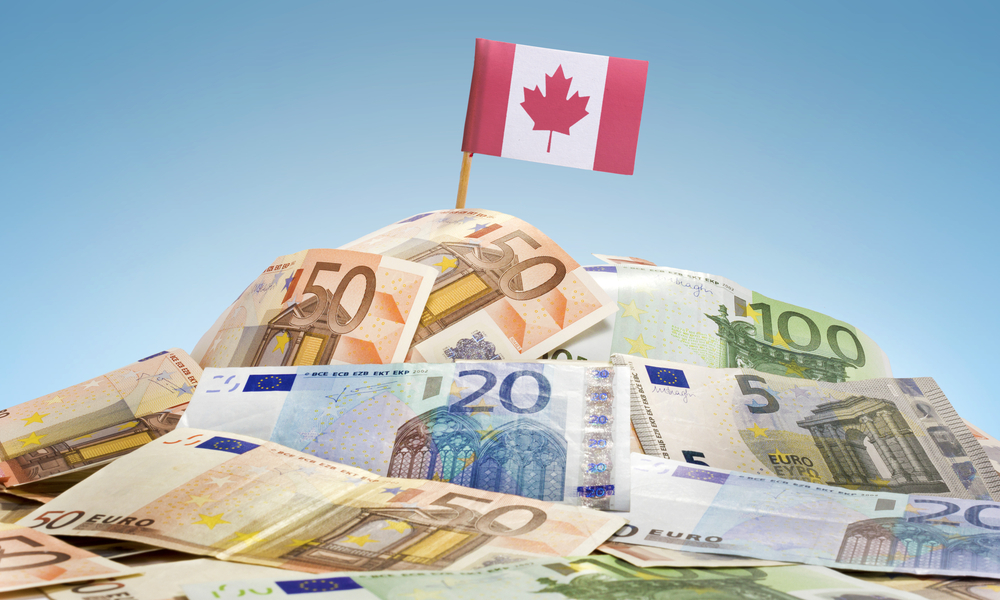
Toronto and Vancouver are no longer just Canadian cities, as they have become international luxury real estate destinations. With price points rivaling London and New York, they attract global wealth that distorts local affordability. Condos with concierge services, rooftop pools, and investment-grade amenities are marketed to offshore buyers and corporate landlords, not working families. As cities cater more to high-net-worth individuals, the supply of modest, starter homes dwindles, demonstrating a shift that redefines urban living as a reward for those who can pay a global premium.
Pre-Construction Hype Creates Dangerous Speculation
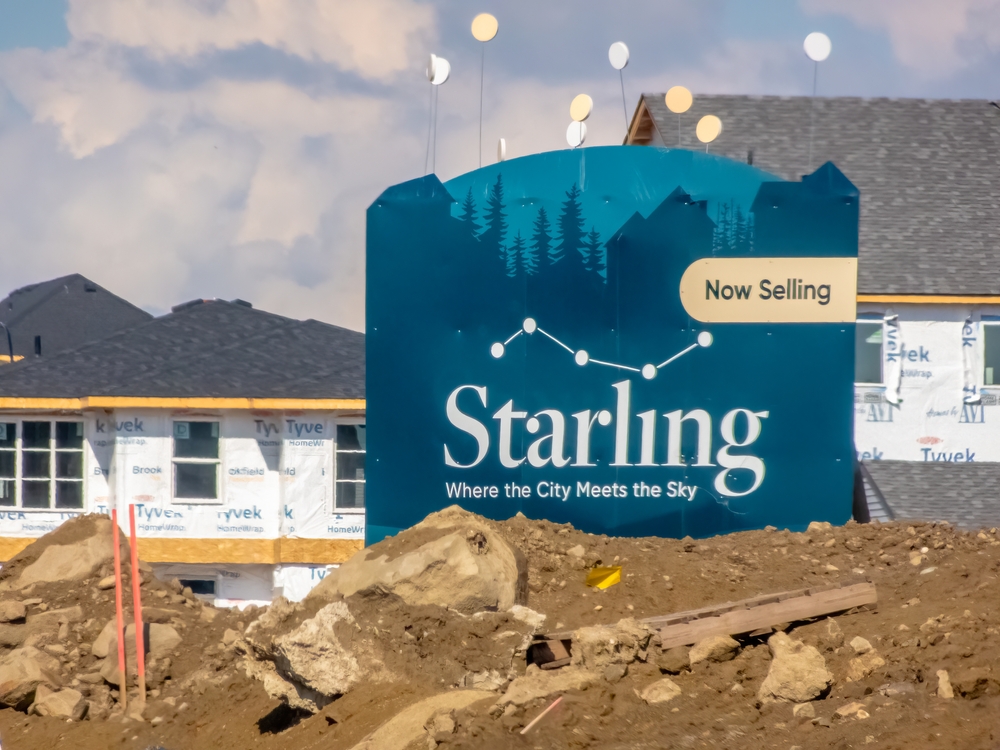
Pre-construction condo sales have become a hotbed of speculative behavior. Buyers reserve units years in advance, often with minimal deposits, betting that prices will rise before completion, while many plan to flip the contract or never intend to live in the unit. When markets cool or interest rates spike, these buyers may walk away, leaving developers, lenders, and even neighborhoods in limbo, creating a risky system that inflates demand on paper but doesn’t always translate into real homes or stable communities.
Bank of Mom and Dad Is Now a Primary Lender

In today’s market, family wealth is often essential. Parents across Canada are dipping into savings, pensions, or home equity to help their kids buy homes. While this keeps ownership within reach for some, it deepens inequality for others. Those without access to generational wealth are left behind, regardless of their income or credit. The reliance on family money creates a two-tier system, one where real estate is passed down, and another where renters are permanently locked out.
Climate Risk Isn’t Cooling Demand

From wildfires in the West to floods in the East, climate change poses serious risks to Canadian housing, and yet even properties in at-risk zones continue to fetch record prices. Lakeside cabins, forest-fringe homes, and floodplain properties are still in demand, sometimes because buyers believe insurance or government support will protect their investment. In reality, many insurers are pulling back, and federal disaster relief has its limits. Despite this, climate risk isn’t reflected in price tags, leaving Canada’s market both inflated and increasingly vulnerable to environmental shocks.
Real Estate Commissions Stay Shockingly High

In many countries, real estate commissions have dropped thanks to tech platforms and competitive fee structures, but this is not the case in Canada. A typical 5% commission split between buying and selling agents remains the norm, even as home prices soar. This means agents earn tens of thousands per sale, further inflating transaction costs for buyers and sellers alike. While technology and DIY platforms are gaining traction, industry resistance and entrenched practices have kept fees high.
Canadians Still Believe Real Estate Is Always a Safe Bet

Despite warning signs and economic headwinds, many Canadians still view homeownership as the ultimate financial goal, which is deeply embedded in national culture, reinforced by generations of wealth-building through rising home values. Even as prices climb beyond reach, people stretch themselves to buy, fearing they’ll be left behind forever. This collective mindset perpetuates demand and pushes prices up, regardless of fundamentals. It’s not just a housing market anymore, but about a belief system, and as long as that belief holds, Canada’s housing outlier status is unlikely to change.
21 Products Canadians Should Stockpile Before Tariffs Hit

If trade tensions escalate between Canada and the U.S., everyday essentials can suddenly disappear or skyrocket in price. Products like pantry basics and tech must-haves that depend on are deeply tied to cross-border supply chains and are likely to face various kinds of disruptions
21 Products Canadians Should Stockpile Before Tariffs Hit